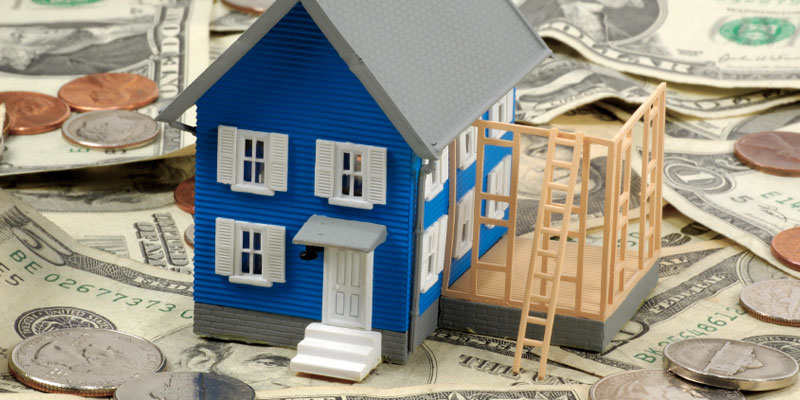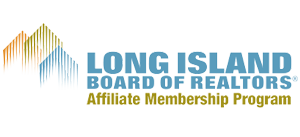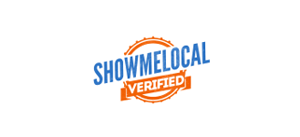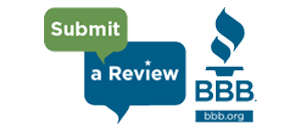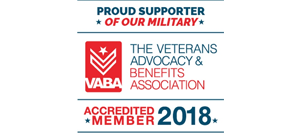In the right circumstances, an FHA 203(k) rehab loan could mean the difference between buying a move-in condition house in a less than stellar neighborhood or a fixer-upper in a coveted area. If you’re handy (or your brother-in-law is a contractor), the decision to apply for this financing option just might be a no-brainer.
In short, an FHA 203(k) loan is granted to buyers looking to purchase and renovate a home.
What types of FHA 203k rehab loans are there?
There are two kinds of 203(k) mortgage loans:
- Regular
- Structural repairs (i.e. Fixing cracks in the foundation, adding dormers, addressing termite damage, and relocating a load-bearing wall)
- Funds up to $625,500 (purchase price and renovations combined)
- Streamline
- Non-structural repairs (i.e. painting, replacing siding and/or flooring, updating the kitchen, and installing new appliances)
- Funds anything less than $35,000
What does an FHA 203(k) rehab loan cover?
The 203(k) loan will cover the cost of the home purchase (or a mortgage refinance) plus the cost of repairs, up to 20% in contingency reserve in case the repairs end up costing more than the original estimate and a provision to cover the cost of living elsewhere during repairs in the form of mortgage payments lasting up to six months.
The loan will amount to either 110% of the estimated value of the property after all of the repairs are completed or the as-is value plus the cost of repairs—whichever is less.
Does the property type matter?
Yes. A 203(k) loan can only apply to certain types of real estate. These include:
- Any home up to a 4-family that has been completed for at least one year
- A house that you want to relocate to a new address
- A home that has been demolished as long as the foundation is still intact and in place
Some condos, yay. All co-ops, nay.
How do I apply for a FHA 203(k) rehab loan?
This is a government loan, so you will have to comply with FHA requirements.
Such requirements include:
- Having the ability to make at least a 3.5% down payment
- Possessing good credit score (the actual number can vary depending on the lender you’re working with and the percentage you put towards your down payment)
- Out of bankruptcy at least two years
- Out of foreclosure at least three years
- Purchasing what will be your main residence
Most importantly, always remember to find a mortgage lending company who is experienced and comfortable with FHA programs and their limits. This will make the entire experience easier.

